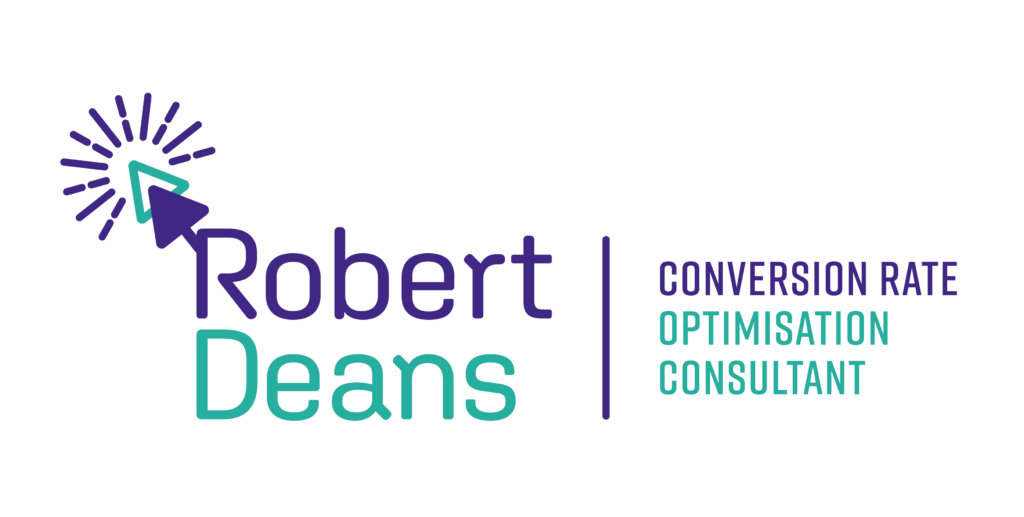In previous pieces I have spoken about the importance of understanding microconversions and moving away from the temptation to rush to convert quickly and short-circuit directly to the sale.
It’s perhaps odd to hear a Conversion Specialist suggesting that quick sale should not be the end goal. Almost everything I do, and the success of my business is about achieving conversions, but I also believe that the best route to success (with greater, long-term value) is to lead clients towards purchase rather than trying to force them to ‘Buy Now!!’.
A client recently came to me with a concern about general conversion rates from their website. Upon studying their data, I noticed that the conversion rates for new visitors were low whereas the rates for those returning to the site were much more favourable.
This had puzzled my client but came as no real surprise to me, especially since the products they were selling lay within the field of General Healthcare & Nutrition. Controlled environment user testing shows that purchases within this sector are almost always ‘considered’. Be it personal well-being, that of a child or other family member (even that of a beloved pet), ensuring long-term health and happiness is of paramount importance and buying decisions are seldom rushed.
In this particular case there were a number of factors in play. As with any health-related product, there was a need to source information, absorb the detail and ultimately trust the science. Added to this is the fact that people tend to source alternative suppliers when they are looking to treat a specific condition (be it already diagnosed or simply suspected) therefore the decision to buy is by no means straight-forward or likely to be made without a great deal of thought.
By analysing the customer journey and comparing the new vs returning customer activity I was able to gather a huge amount of insight into what was going on. Whilst I’d love to say that I was able to do this solely through my years of experience and my mastery of customer behaviour, truth be told, I also enlisted the help of a very handy piece of software called Google Tag Manager. Available off the shelf, this tool allows me to segment site users and delve a little deeper into their motivational factors.

The ‘offline world’ equivalent to this is having a consultant sit in front of a prospective client with notebook and pen in hand, listening to – and learning about- their concerns and forming ideas of how the barriers to sale could be overcome. On-line we don’t have the opportunity to ask our visitors questions in this way so we must gather what information we can from their virtual activity. From this we can ascertain what their needs and objections might be and even segment them into groups based on previous pages visited and areas clicked.
Knowing which group a returning visitor comes from makes it so much easier to direct them to specific areas which have a higher likelihood of satisfying their requirements. By addressing their concerns we allow them to take a significant step towards making their considered purchase. What’s more, by customising their journey we can avoid the need for them to re-navigate around the site and can even use landing pages which concisely address their concerns.
What I did with this client – and what I recommend to every business I work with – was to personalise the user journey. Removing the disjointedness which occurs when the approach is more of a ‘catch all’ presents an opportunity to satisfy the specific needs of the user and take them from a position of uncertainty to one of being able to buy with confidence. The desired sale may take a second (or third, or fourth…) visit to the website, but that in itself is not an issue and needn’t cause concern. In fact, lots of user information is gathered in the process and this has a value of its own.
The main point here is that the goal of any interaction with a user needn’t be instantaneous conversion. Ultimate purchase is obviously important but taking small steps and effectively allowing these potential future clients to move at their own pace will have the best overall outcome.

Businesses invest a lot of time and effort to attract an audience and subsequently there is often a reluctance to let them leave without buying at least one product. When conversion rates are poor it is sometimes easy to jump to the conclusion that there is something seriously wrong with the wider marketing strategy, the website, offline activities or the actual proposition.
It takes a degree of bravery (and perhaps the interjection of a Conversion Specialist) to step back and look deeper into the reality of the situation with blinkers off.
We live in a world where data is king. Analytics can provide us with useful insights, but it is the application of our gathered knowledge in conjunction with these insights which will help us to succeed. The interpretation of new vs returning statistics is key and when you understand the customer you can build a successful customer journey. Acceptance of this fact (with the addition of some marketing skills) means that your approach can be based on how the customer wants to buy, rather than how you want to sell.
Finally, I know that it is helpful to offer three tips as means of a memorable ‘take away’ but I am going to break with tradition and offer five.
When it comes to the analysis of user behaviour, I’d recommend the following: –
- Identify the data for both new and returning users
- Accept the circumstances may be very different for both groups
- Gather information from them to identify the gap in their needs which you must satisfy
- Customise the user journey to bridge this gap between the 1st and subsequent visits
- Signpost and guide the users through their next visits, satisfy and convert!

